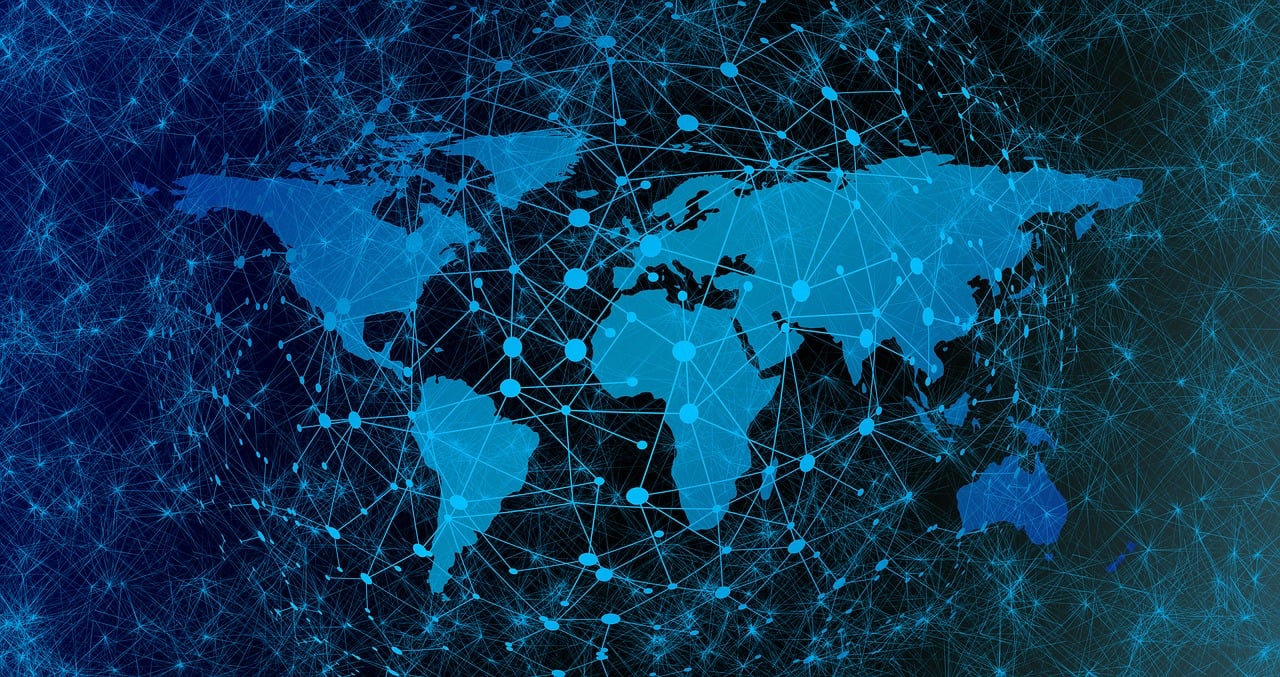Title: An Overview of the Work Performed by Hydrological Station Monitoring Platforms
Hydrological station monitoring platforms are essential tools for monitoring and analyzing water resources. These platforms collect and transmit data on various water parameters such as temperature, precipitation, flow rates, and levels of pollutants. The data collected from these platforms is crucial in understanding the health of water bodies and making informed decisions about conservation and management. One of the key features of hydrological station monitoring platforms is their ability to integrate with other technologies such as remote sensing and satellite imagery. This allows for more accurate and comprehensive monitoring of water resources. Additionally, many platforms now include sensors that can detect changes in water quality in real-time, allowing for immediate response to potential issues. Another important aspect of hydrological station monitoring platforms is their use in flood forecasting and warning systems. By monitoring water levels and flows, these platforms can provide early warnings of potential floods, enabling communities to take necessary precautions and minimize damage. Overall, hydrological station monitoring platforms play a critical role in protecting our water resources by providing valuable data and insights into water quality, flow rates, and other important factors. With the continued development of new technologies and improvements to existing platforms, we can expect even greater advances in water resource management and conservation in the future.
Hydrological station monitoring platforms play a critical role in ensuring the proper functioning and maintenance of water bodies. These platforms collect, analyze, and disseminate data on various aspects of water systems, such as flow rate, water level, temperature, and nutrient concentration. This article aims to provide a comprehensive overview of the work performed by these platforms.
1. Data Collection
The primary function of hydrological station monitoring platforms is to collect data from various sources. These sources can include water flow meters, water level sensors, temperature sensors, dissolved oxygen (DO) sensors, and other related equipment. The collected data is then transmitted to a central database or server for further processing and analysis.
2. Data Management

Once the data has been collected, it must be properly managed to ensure its accuracy and reliability. This involves organizing the data in a structured manner, maintaining accurate records, and ensuring that all necessary information is included. In addition, data management also involves regularly updating the database with new data and performing quality control checks to identify any discrepancies or errors.
3. Data Analysis
After data collection and management have been completed, the next step is to analyze the collected data using specialized software and tools. This analysis helps to identify patterns and trends in the water system, enabling stakeholders to make informed decisions about how to maintain and manage the water body.
Some of the common methods used for data analysis include statistical analysis, regression analysis, and time series analysis. Each of these techniques helps to uncover different aspects of the water system's behavior, such as seasonal fluctuations or long-term trends in water levels or temperatures.
4. Data Visualization
Data visualization is an essential component of hydrological station monitoring platform work. It enables stakeholders to quickly understand complex data sets by creating graphical representations of the data. Common types of visualization include graphs, charts, and maps that show trends over time or compare different regions within a water system.
There are several software tools available for creating data visualizations, including Excel spreadsheets, Tableau, and ArcGIS. By leveraging these tools, stakeholders can create interactive dashboards that allow them to explore the data at their convenience.

5. Reporting and Communication
The final step in the work performed by hydrological station monitoring platforms is reporting and communication. Stakeholders need regular updates on the water system's performance to make informed decisions about how to manage it effectively. This involves preparing reports and sharing them with relevant parties, such as government agencies, environmental organizations, and local communities.
Reporting can take various forms, including written reports, presentations, and public forums. By providing timely and transparent reporting, hydrological station monitoring platforms help build trust among stakeholders and facilitate better decision-making processes.
6. Collaboration and Partnerships
Effective collaboration and partnerships are essential for successful hydrological station monitoring platform work. Working with other organizations involved in water management, such as environmental groups or local governments, can help improve the accuracy and relevance of the data collected. Additionally, collaboration allows for the sharing of best practices and resources, leading to more efficient and effective management of water systems.
Conclusion: A holistic approach to hydrological station monitoring platform work involves collecting, managing, analyzing, visualizing, reporting on, and communicating water system data. By leveraging advanced technologies and fostering collaboration with key stakeholders, these platforms play a crucial role in ensuring the sustainable management of our planet's precious water resources.
Articles related to the knowledge points of this article:
Hydrologic and Water Quality Monitoring System: Importance and Application
Hydrological Monitoring Frequency: Balancing Needs and Resources
Hydrological Monitoring Environment: The Impact of Technology on Water Quality and Quantity
Hydrologic Monitoring System: A Graphic Representation
Title: Enhancing Hydrological Monitoring Ability in Engineering Construction
Title: A Comprehensive Study on the Construction and Maintenance of Water Monitoring Well Pipes